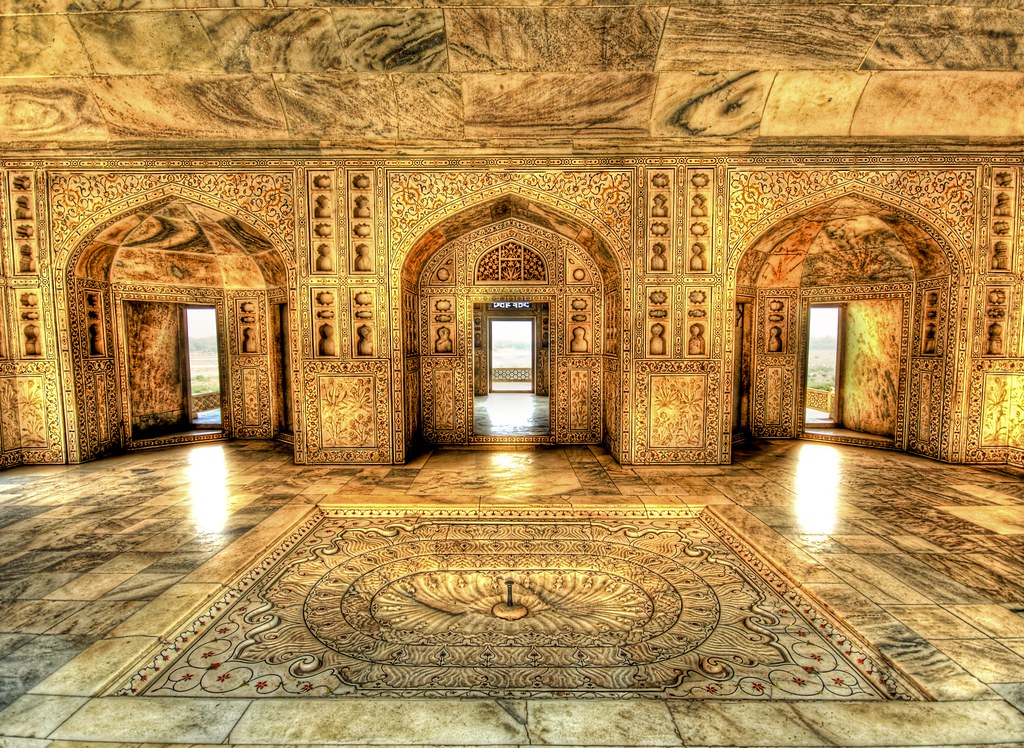Washington's National Cathedral Forum Discussion: Esther Sternberg M.D.
Wastwater -- "England's Deepest Lake" -- Cumbria, U.K.
Dr. Esther Sternberg, an expert in psychoneuroimmuology, was a guest of The Very Reverend Samuel T. Lloyd III in his weekly conversation in Washington's National Cathedral about issues at the intersection of faith and public life.

photo: Episcopal Church
The Very Rev. Samuel T. Lloyd III
Dr. Sternberg is Chief of the Section on Neuroendocrine Immunology and Behavior at the National Institute of Mental Health, and has written many books, the most recent called Healing Spaces. She also has a film on PBS next week called the Science of Healing.

Dr. Esther Sternberg
Dean Lloyd began the discussion with a wonderful introduction. He observes that physical spaces impact our health when we consider architecture and space. Where are these spaces from which we can derive health, well-being, perhaps even happiness?

Bishop's Garden, The National Cathedral, Washington, D.C.
Dr. Sternberg replies that the National Cathedral itself inspires a sense of awe that lights up the endorphins in the hippocampus part of the brain. The Bishop's Garden could be the most peaceful, healing space in the city, she says. The sense of awe inspired by spaces is an emotion that has a physical impact.
Wastwater Lake, Lake District, Cumbria, U.K. Photo: E. Seymour
Impacts to the body and brain in general can affect the immune system positively or negatively depending on what they are, and for how long they continue. Patients may heal faster by viewing scenes of natural landscapes. The preferred scenes are beautiful sweeping vistas of mountains, valleys and oceans and these tend to be preferred to factories with smoke pictures.
From Great Gable summit, The Lake District, Cumbria, UK
Dr. Sternberg says your endorphins light up when you look at a beautiful view. For this reason, evidence-based design is coming into the design of spaces for healing. Hospitals are becoming more aware of this need. Hospitals used to be designed with tile and metal surfaces for cleanliness when that was discovered to be essential for healing. An exception is at hospitals for the mentally ill, which have often been surrounded by nature. But this idea is coming back into vogue as more doctors acknowledge the importance of the place and emotions on healing.

Cathedral in Lourdes, France wikimedia
Dr. Sternberg gave the example of the town of Lourdes in France, which attracts pilgrims seeking healing. There is a sense of love and permission to help others all around.
Healing can happen in any-sized space between two loving individuals who care and support each other.

Santiago de Compostela
Another famous place of healing is in Spain at Santiago de Compostela where the sense of smell can remind one of a place of peace. Frankincense, as used in incense, was once thought to be healing. Myrrh and balm (from the balsam tree) were healing resins, used by Roman soldiers to heal wounds.
"Prolegomena to future research"~ The Very Rev. Samuel T. Lloyd III

Healing spaces: The Science of Place and Well-being by Esther Sternberg
The discussion turned to the healing strength one can feel from walking a labyrinth such as one at the National Cathedral. The idea is to walk around "to find a place of peace" in a walking meditation. Meditating is helpful to activate "neural pathways"in the brain. The endorphins and dopamine in the brain become activated and we downshift from stress. Dr. Sternberg says that chronic stress can make you sick by preventing your immune system from healing you.
Labyrinth, National Cathedral, Washington, D.C.

Music, too, can take you to a different emotional place. Any time your nerve pathways are positively activated is healthy.
How should home design incorporate design to promote good health? Dr. Sternberg says that the medical community is becoming more aware that thoughtful evidence-based design can be beneficial rather than stressful. Thinking can affect positive behaviors and healing. The most powerful of healing spaces is in your mind, says Dr. Sternberg. She says that conscious and unconscious thoughts and experiences can influence health and influence your negative and positive emotional responses. Since stress can make you ill, you want to incorporate peaceful elements into hospital and home design.
The Center for Health Design in Concord, California, helps hospitals make designs to support the emotions. The idea is that design can take science back into the healing process. The costs of these healthful designs, she says, can be recouped the first year. There tend to be fewer falls and bacterial infections, and more satisfaction from patients, staff and families.
Beautiful art can be healing. Exercise, even walking, and socializing are also important to health and healing, and contribute to the statistics that New York City is considered such a healthy city to live in...
Feng Shui, an ancient Chinese tradition, for example at the Huntington Garden in San Marino, California is a system of understanding place as it affects emotions. The idea is that it can bring you to a place of peace.

Huntington Garden, San Marino, California
Dr. Sternberg says that the brain and immune system talk to each other. If they are intact, you have your health; if they are broken, you have disease. Emotions play a very important role in healing and health. Awe, peace and calmness are healing.
The holiday season tends to be stressful, and anything like walking in a garden can be useful. The memory and the mind are the most powerful of healing spaces.
Dean Lloyd says that we all have an inner Cathedral space, as we have the National Cathedral space in Washington, D.C.
Feel Better and Healthier - Come to the National Cathedral!
I enjoyed seeing the Sunday Forum Discussion and two wonderful, healing services at the National Cathedral online. Please donate generously to the National Cathedral.
The entire discussion is available at the National Cathedral website linked here.
PBS Television special: "The Science of Healing with Dr. Esther Sternberg" MPT 12/11/09 10:30pm Nationwide Nov./Dec. 2009 (check local listings). Also, see EstherSternberg.com.
This post is not acknowledged or requested by the cathedral, and any mistakes and inaccuracies are wholly my own. Corrections should be directed to me.






